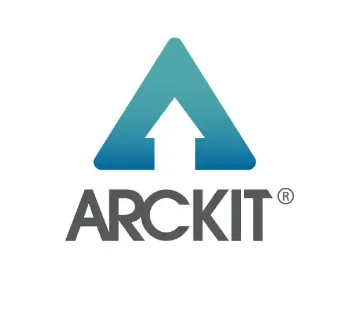Cookies help us deliver our services. By using our services, you agree to our use of cookies.
Search store Close
- My accountMy account Close
- Compare products list
- Wishlist (0)
Shopping cart Close
You have no items in your shopping cart.
All Categories
- FREE BOOK SCHEME
- GRAPHICS
- STEM
- ICT
- MATHS
- ART & CRAFT
- Back
- ART PENCILS & ACCESSORIES
- PAINTS & INKS
- BRUSHES & ACCESSORIES
- MEDIUMS, PRIMERS & VARNISH
- PASTELS, CHALK & CHARCOAL
- ART PENS & MARKERS
- CANVAS, BOARDS & EASELS
- CLAY/ CASTING/ MODELLING
- ART KITS.
- ADHESIVES & CUTTING TOOLS
- ART STORAGE
- PROJECTORS & LIGHTBOX
- GIFT IDEAS
- MANNEQUINS & STYROFOAM
- ART BOOKS
- PAPER, CARD & SKETCH PADS
- CRAFT & HOBBIES
- CRAFT ESSENTIALS
- OTHER SUBJECTS
- WALLCHARTS
- SCHOOL & OFFICE ESSENTIALS
- 3RD LEVEL
- PRIMARY
- CLEARANCE
- Back
- SALE
Menu Close
- FREE BOOK SCHEME
- GRAPHICS
- STEM
- ICT
- MATHS
- ART & CRAFT
- Back
- ART PENCILS & ACCESSORIES
- PAINTS & INKS
- BRUSHES & ACCESSORIES
- MEDIUMS, PRIMERS & VARNISH
- PASTELS, CHALK & CHARCOAL
- ART PENS & MARKERS
- CANVAS, BOARDS & EASELS
- CLAY/ CASTING/ MODELLING
- ART KITS.
- ADHESIVES & CUTTING TOOLS
- ART STORAGE
- PROJECTORS & LIGHTBOX
- GIFT IDEAS
- MANNEQUINS & STYROFOAM
- ART BOOKS
- PAPER, CARD & SKETCH PADS
- CRAFT & HOBBIES
- CRAFT ESSENTIALS
- OTHER SUBJECTS
- WALLCHARTS
- SCHOOL & OFFICE ESSENTIALS
- 3RD LEVEL
- PRIMARY
- CLEARANCE
- Back
- SALE
- Download Brochures
- GIFT VOUCHERS
- All Categories
- Back
- FREE BOOK SCHEME
- GRAPHICS
- STEM
- ICT
- MATHS
- ART & CRAFT
- Back
- ART PENCILS & ACCESSORIES
- PAINTS & INKS
- BRUSHES & ACCESSORIES
- MEDIUMS, PRIMERS & VARNISH
- PASTELS, CHALK & CHARCOAL
- ART PENS & MARKERS
- CANVAS, BOARDS & EASELS
- CLAY/ CASTING/ MODELLING
- ART KITS.
- ADHESIVES & CUTTING TOOLS
- ART STORAGE
- PROJECTORS & LIGHTBOX
- GIFT IDEAS
- MANNEQUINS & STYROFOAM
- ART BOOKS
- PAPER, CARD & SKETCH PADS
- CRAFT & HOBBIES
- CRAFT ESSENTIALS
- OTHER SUBJECTS
- WALLCHARTS
- SCHOOL & OFFICE ESSENTIALS
- 3RD LEVEL
- PRIMARY
- CLEARANCE
- Back
- SALE
- Download Brochures
- GIFT VOUCHERS

Get our news and special offers!
Wait...
My account
Customer service
Powered by nopCommerce
Copyright © 2025 SG Education Online. All rights reserved.




































































































